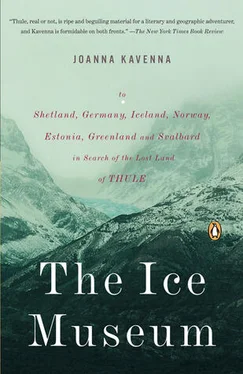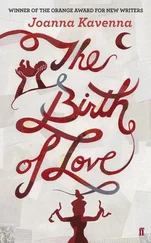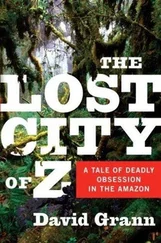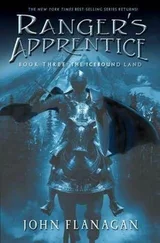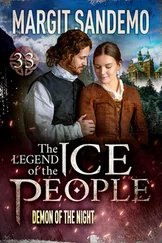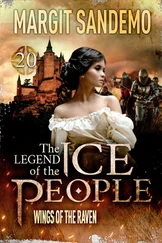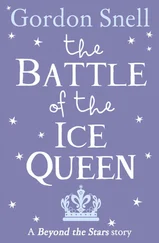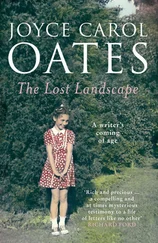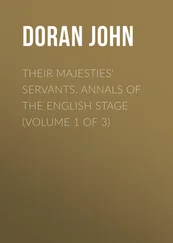I was standing on the edge of the frozen fjord, thinking of the writers and explorers and cartographers, with all their theories and their certainty. Each in their own way had been certain; each had stood at the transmillennial debate with a glass firmly in their hand, toasting their version of Thule. ‘Peace,’ ‘Ice,’ ‘Scotland,’ ‘Iceland,’ ‘Norway,’ ‘A retreat,’ ‘The last land of the world,’ ‘An interim land between humanity and the gods,’ ‘Home of the Hyperboreans’ ‘Gothic fantasy,’ ‘A wild, weird clime’ they had all toasted, convinced of their rightness.
I had found no single answer, no grail glinting on the rocks. But I understood what Thule might mean to me. For me, Thule was about the northern lands, the clouds drifting across the northern sky, the flickering green of the Northern Lights, the whiteness of the ice creeping across the mountains, the pale lakes and semi-frozen seas, the mountains like cathedrals, baroquely patterned. Thule was an ancient fragment, representing thousands of years of discovery in the north. It was an ancient human fragment, a piece of story-telling about the far north. It expressed the ambivalence of the human relationship to nature, as I felt it—the desire for space, the appreciation of grandeur and beauty, the sense of unease in hostile, uninhabitable nature, the need to make use of nature to survive, the perilous balance between survival and exploitation. It expressed the ambivalence of the human relationship to perfection: a desirable but impossible state, a state glimpsed and occasionally seized, for a fleeting moment, but doomed to transience. Thule was ambiguous, available for use or corruption. Thule represented all the explorers and writers imagining and travelling and trying to understand. They knew the worst, they knew the desperate struggle and the terrible cold, but they had watched the play of colours across the ice, they had been struck by the beauty and silence around them.
Svalbard lay under a pale sun, the ice fragments drifted across the fjord. I understood that it was inevitable that as the lands of the north became part of human history, they would lose the plainness of perfection, the sheen of purity. The yearning to return to a blank space, a space allowing endless fantasy, was utopian and impossible. It was regressive; it sought to forget the desperate struggles of the explorers. The question was how far we wanted to go, how much we wanted to transform these ancient tracts of ice. Humans had always had the power to transform the scenery by acts of imagination, to make symbolism of a barren rock, or mystery of a sluggish sea. Humans had always hunted and lived in the remote north. But now humanity could fundamentally alter the balance of natural elements, maybe even melt an ice-shelf or two. All the remaining remoteness of the north couldn’t save it from chemicals that drifted in the oceans, or pollution that was brought on the wind, or a gradual shift in global temperature. The pragmatic colony of Svalbard was a place where fantasy and beauty existed alongside nervous prophecy. No one was bellowing certainty from the rocks. The scientists all said their talk of future destruction might be just another theory. It might be mocked by later generations as one more dream of the ignorant. Or it might be an accurate forecast of the coming world. The future was shrouded in darkness, as the maps once were. But the rumbling had been heard in the distance, the frozen ocean might one day be nothing more than an old fairytale, a story from a vanished world.
The birds circled above and the mountains shimmered in the mist. The moon was shining across the glacier. I stood at the edge of the fjord, thinking of the ice swirling into the darkness around the Pole. It was a beautiful night. The glacier was groaning gently in the distance, the bergs were moving slowly along the fjord. From the runway above the settlement a light aircraft lifted into the sky, drifting towards the ice mountains. There was the sound of propellers beating across the settlement, and then the noise died away, leaving just the silence of the ice and the moon glinting through the clouds.
. . . ONLY THE PAST IS IMMORTAL.
DECIDE TO TAKE A TRIP, READ BOOKS OF TRAVEL
GO QUICKLY! EVEN SOCRATES IS MORTAL
MENTION THE NAME OF HAPPINESS: IT IS
ATLANTIS, ULTIMA THULE, OR THE LIMELIGHT,
CATHAY OR HEAVEN. BUT GO QUICKLY . . .
“PERSONAE,” DELMORE SCHWARTZ (1913-1966)
For supplying the ideal environment in which to finish the book, thanks to Sir Alistair Horne and also to Sir Marrack Goulding and the Fellows of St. Antony’s College, Oxford.
For formal and informal briefings along the way, thanks to President Lennart Meri, President Vaira Vike-Freiberga, former Prime Minister Mart Laar, Minister Kristiina Ojuland, Commander Neil Rasmusson, David Hempleman-Adams, Borge Ousland, Roland Huntford, Jasper Griffin, Arne Naess, Heather O’Donoghue, Geir Wing Gabrielsen, Frederic Hauge, Liz Morris, Bragi Olafsson, Olav Orheim, Per Egil Hegge and Tiina Peil.
For logistical support, many thanks to the Norwegian Embassy in London, particularly to Ambassador Brautaset, Mrs. Elisabeth Mohr Brautaset, John Petter Opdahl and Anne Ulset. Thanks also to the International Press Centre in Oslo, the British Antarctic Survey and the US Embassy in Copenhagen, particularly to Alistair Thompson.
Thanks to Kim Witherspoon and David Forrer at InkWell Management and to my editor, Carolyn Carlson.
Various editors supplied me with the best kind of employment for the peripatetic writer—flexible commissions which allowed me to thrash out ideas and steady my bank balance when I’d spent too much money on trains and boats and ’planes. For this, many thanks to: Robert Silvers at the New York Review of Books ; Mary-Kay Wilmers and Paul Laity at the London Review of Books ; Claire Armitstead, Giles Foden and Andy Pietrasik at the Guardian ; Robert McCrum and Stephanie Merritt at the Observer and Andrew Johnston at the International Herald Tribune .
For generous deeds, discussions, reading of drafts, thanks to Brian and Peggy-Lou Martin, Eyjólfur Emilsson, Arna Mathiesen, Beate Elvebakk, Hallvard Fossheim, Per Ariansen, Oystein Ska, Jonas Jølle, Ragnheidur Kristjansdottir, Svavar Svavarsson, Tim Garton Ash, Avi Shlaim, Felix Martin, Kristina Hemon, Rory Stewart, Sophie Breese, Arho Anttila, Katri Krone, Robert Macfarlane, Erik Rutherford, Beccy Asher, Tristan Quinn, Katherine Shave and Abigail Reynolds.
Many thanks to my parents and to my brother Daniel.
And most of all to Barnes.
